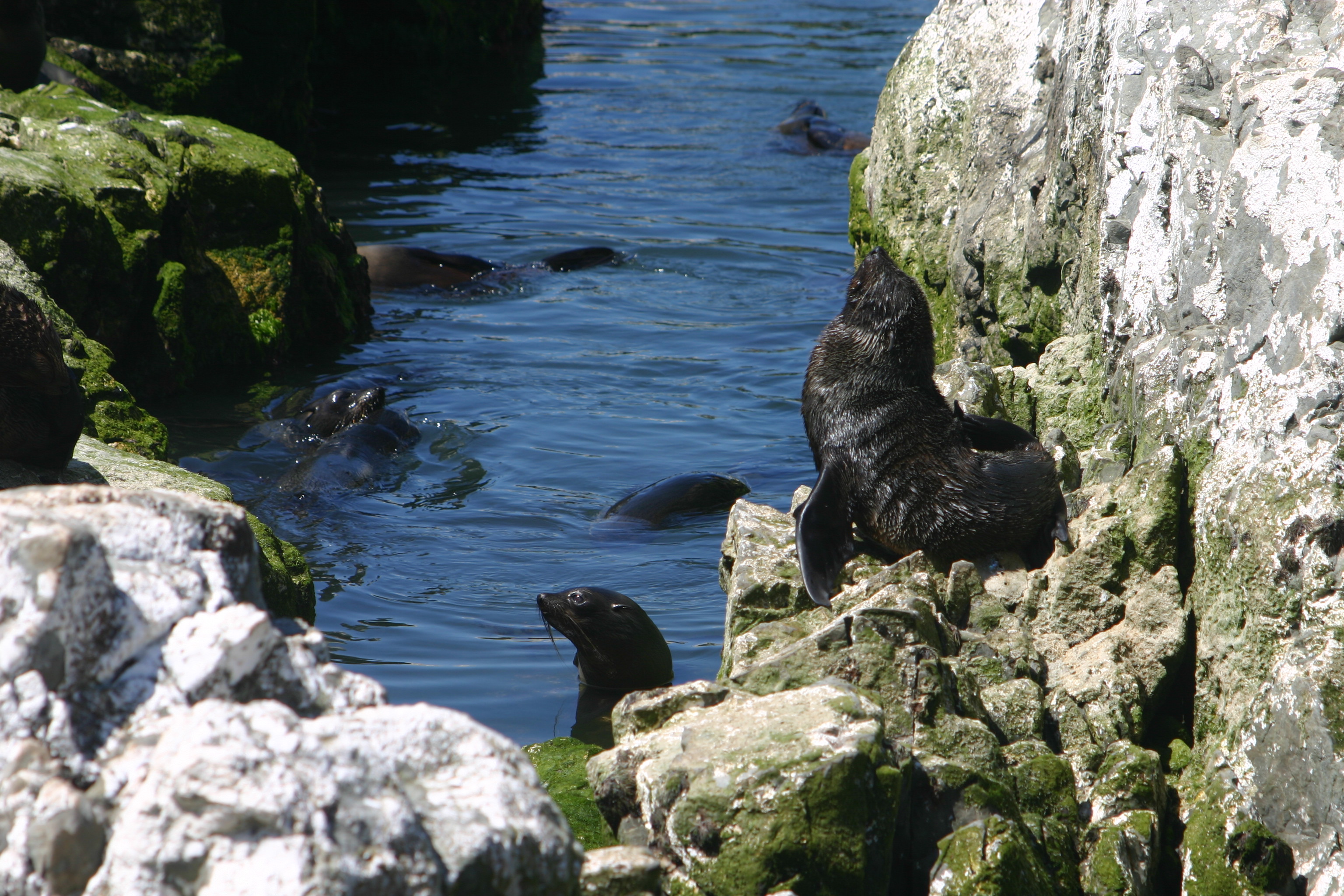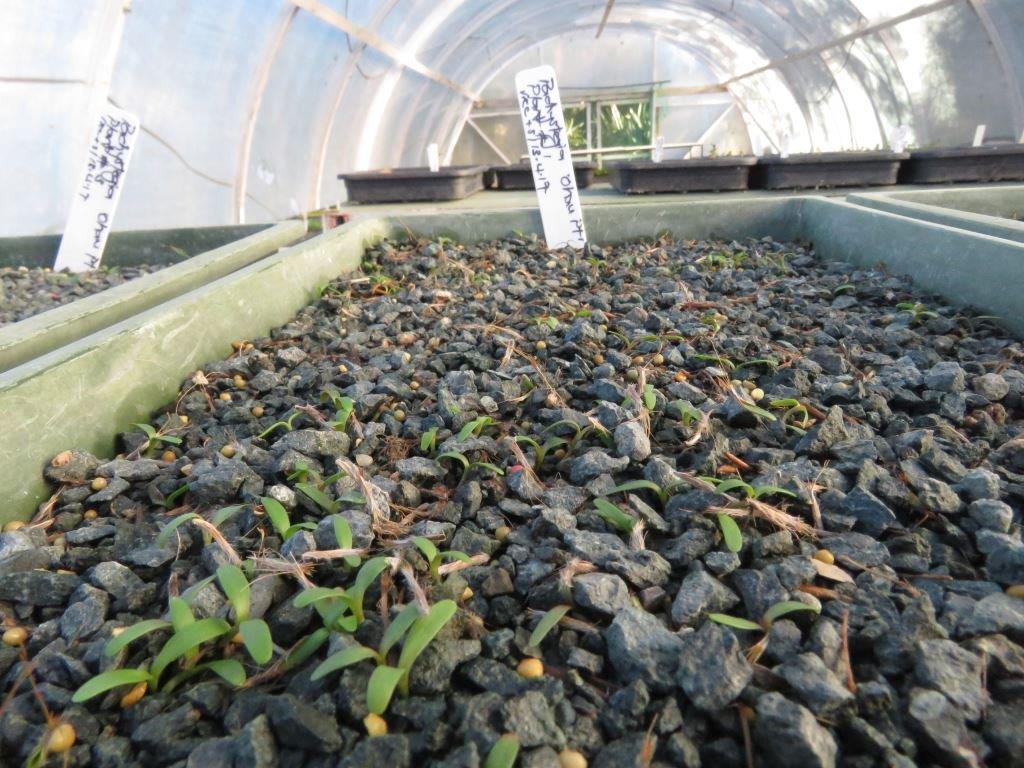The term ‘mountain to sea’ is often used to describe the uninterrupted ecosystems running all the way from the alpine zone down to the ocean on the Kaikōura coast. There are a number of threatened and at risk species inhabiting the area, including seabirds, lizards, fish and plants.
The earthquake was tough on some of these ‘locals’, but an innovative team of ecologists is working to reduce any further impacts on the Kaikōura ecology.

The Seal Management Programme
The earthquake created an unprecedented situation when large landslides came down at Ōhau Point, placing the Ōhau New Zealand Fur Seal Sanctuary and breeding colony at the centre of ‘the red zone’ north of Kaikōura.
The North Canterbury Transport Infrastructure Recovery team has been working closely with the DOC to look after the seals, called kekeno(external link) in Māori, in these most-unusual circumstances.

A team of seal handlers shepherded seals away from construction work - not unlike moving sheep. They would also catch and carry pups that hid under rocks. Where landslides were too dangerous for humans to work under, seals were herded away from the slips using low-flying helicopters.
The aim was for seal management to be integrated into construction work plans. Seal handlers worked day and night shifts as the crews worked to establish access around Ōhau Point.
In all, the team moved seals more 11,000 times between February and December 2017. Fences and seawalls near Ōhau now keep seals clear of the highway, railway and construction sites. But since curious seals can turn up anywhere on the coast, there’s a ‘seal hotline’ phone number so construction crews can call in expert assistance to work sites.
Watch the seal team in action near Ōhau Point in 2017.Overall, Kaikōura’s fur seals are proving to be resourceful and resilient to the effects of the earthquake. Although their habitat has changed, they seem to be adapting well and many seals have moved to the north of Ōhau Point. DOC continues to provide advice as the rebuild progresses.
Some seal viewing areas around Ōhau Point are within construction sites, with restricted access. In the meantime the best place to view seals is at Kaikōura Peninsula(external link).
Safe-guarding the Ōhau rock daisy

Another highlight of the environmental programme is the future safe-guarding of a rare plant that grows only on the Ōhau Point coastal bluffs, the Ōhau rock daisy. Around 95% of its population was wiped out by landslides and only an estimated 80 to100 plants remained after the earthquake.

Abseilers collected seeds from six rock daisy plants, which were successfully germinated. About 200 plants have been growing at a nursery near Nelson. DOC plans to re-establish the daisy at Ōhau Point, and to collect more seeds for cultivation and replanting back in the daisy’s natural habitat.
There’s also a seedbank in case the daisy once again comes under threat.

